What kind of power mechanisms does art constitute? How do different actors utilize them? What role does art play in Russia’s foreign policy and in Russia’s position in international relations and world politics? I answered to these overarching research questions in my article-based dissertation ‘Forms of power in the transnational field of art: Exploring ‘Russian’ actors and artistic sites beyond Russia’s territorial borders’, which was examined at the Faculty of Management and Business at Tampere University on Saturday 21 September.
Artistic sites constitute scale-crossing power mechanisms
In the discipline of international relations, art has been studied, for example, in the context of cultural diplomacy (Schneider, 2004; Nisbett, 2013; Brown, 2020), “aesthetic turn” (Bleiker, 2001, 2009) and it has inspired development of visual methods in research and teaching (Särmä, 2019; Kangas et al., 2019). Art also plays a role in how international relations are imagined. For example, art may enforce or challenge existing hierarchies and expose implicit issues and symbolic violence in world politics (Ingram, 2019). My dissertation contributes to the existing research on art, politics and international relations by showing that artistic sites constitute scale-crossing power mechanisms that actors from various fields engage with to accumulate and convert capital and increase their social standing across fields and scales from local to transnational. These dynamics affect international relations and are supported by the relational nature of art and the field of art.
The dissertation consists of an integrative chapter, a review article that analyses the phenomenon of biennialisation, and three case-studies, one of which is a book chapter in an edited volume and two of which are journal articles. I conducted fieldwork and analysed three artistic sites that were located beyond Russia’s territorial borders. Each of these researched sites demonstrates how a range of different fields intersected in and through them. The first case-study focuses on the Russian pavilion at the Venice Biennale, which is often titled as the Olympic games of the artworld, where countries with their national pavilions compete for the Golden Lion award. I focused on the timeframe 2011–2015, when for the first time in the pavilion’s history it was steered by a private actor for three biennials in a row – the pavilion’s commissioner was a president of an art foundation and a wife of a billionaire with links to the Russian security services. In the second case-study, I analyse the purpose and reception of the State Russian Museum’s satellite in Malaga, which was opened in 2015 – a year after the annexation of Crimea. The third case-study considers a temporary exhibition of the 19th century artists The Wanderers brought from the State Tretyakov Gallery to the Shanghai Museum. The exhibition was sponsored by the aluminum giant RUSAL, which had issued panda bonds in the Shanghai stock exchange earlier that year.
The dissertation’s central contributions lie in demonstrating that also sites that are less explored, such as art exhibitions and art parties, are involved in various scale-crossing and extraterritorial power dynamics that play a role in international relations. The field of art does not represent an isolated and apolitical sphere that could not be affected by interests of various kinds. Quite the opposite: the research showed that the field of art constitutes power mechanisms that actors from other social fields and national contexts utilize. However, the art field also has autonomy and it demonstrates ability to resist attempts of instrumentalization, and therefore it does not simply surrender to those who wish to make use of it. Moreover, art has a relational nature, and its meanings are not definitive and static, but they are produced by multiple actors and fields.
Heteronomy in the field of art and international relations
By applying concepts from Pierre Bourdieu’s field theory as the dissertation’s major theoretical and methodological instruments, my dissertation shows that the field of art facilitates capital accumulation and conversion that carries effects also to other social fields and scales beyond those directly related to art. This also explains, for example, the involvement of various actors, who may appear distant to artists and other core actors of the art field: wealthy individuals, businesspeople, politicians and socialites take positions in the art field, being motivated, for example, by ‘artwashing’ (Evans, 2015) – improving one’s reputation through art – or by a desire to achieve higher field positions by converting capital through the field of art. The field of art and artistic sites become relevant to international relations, since a range of actors and interests are involved, producing various effects that stretch beyond the field of art and cross states’ territorial borders.
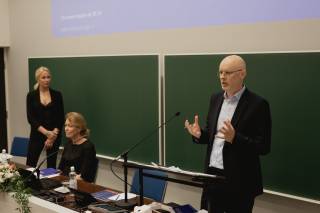
Bourdieu’s concept of heteronomy has been helpful in detecting and analysing social dynamics that consider several fields and scales from local to transnational. Heteronomy captures how external forces interact with the art field. The field of art has an autonomous pole, where the principle of art for art’s sake prevails. It also has a heteronomous pole, which has porous borders that are subject to external effects and struggles over setting the dominant rules. The art field’s heteronomous pole interacts with other social fields such as the fields of politics, diplomacy, business and media that impose their rules and functioning logic, which is illustrated for example in cultural diplomacy and propaganda, art market speculations and artworld celebrities.
Similarly, heteronomy characterizes international relations. A range of fields, actors and interests influence international relations, which unfold through a variety of different sites. This results in ongoing battles aimed at changing or enforcing the existing structures and rules of international relations, as different principles and interests struggle for the dominant position.
The heteronomous pole is also where dynamic capital conversion practices unfold. The field of art is connected to many social fields, and it constitutes power mechanisms that can cross states’ territorial borders. By taking positions in the transnational field of art, actors from national fields can ’bring’ their capital to the transnational scale, de-territorialise it and convert it to other forms of capital. Then, they can re-territoriarise this converted capital back to national fields, but in a different form and at a different value. This is one of the mechanisms how for example Russian kleptocracy functions, making use of the international and transnational realms. This is also what makes Russian kleptocracy a matter of international relations. Noteworthily, these kind of capital dynamics and transnationally unfolding kleptocracy schemes do not consider only Russian actors.
Methods and selected findings
The research data represents a data triangulation approach, which means it consists of a heterogenous set of data such as media articles, academic literature, Russian state-level documents and research interviews that were conducted in multiple countries. I have done fieldwork at each artistic site that I analyse in my dissertation, and I have also practiced participant observation at many other artistic events and sites. Fieldwork has been an important part of my research, helping to develop a sense of the art field’s structure and rules. I attended numerous art vernissages and cultural events in Moscow, Saint Petersburg, London, Venice, Zurich, for example, and gained professional insights from art biennials by volunteering at Moscow’s contemporary art biennale as a VIP guest assistant and as a headquarters agent at the European nomadic biennial Manifesta, which was organized in Zurich that year. I also acted as a trainee at the auction house Phillips in Moscow to build an understanding of the art field and its practices and relations. While acknowledging the importance of desktop research, fieldwork gave a unique opportunity to immerse into the case studies, observe the field participants, meet people and interviewees, and gain insights that could have otherwise left unnoticed. While my research did not represent an ethnographic method as such, I view the practice of literally going to the field an important part of a Bourdieu-inspired research. Likewise, the research interviews played a valuable role in the dissertation as they contributed to building an understanding of the art field and artistic sites and practices.
My article-based dissertation showed how the Russian state and elites utilized the transnational field of art and its power mechanisms to accumulate and convert capital, and thereby increase their standing. Russian kleptocracy, which has been thriving through international structures, represents a matter of international relations. My dissertation also discusses the increased role of Russian security service actors or siloviki in the field of art. This discovery highlights the changes in the elite structure in Russia, where security services actors have gained more power compared to the 1990s or early 2000s, when siloviki acted as the servants of oligarchs, who were considered as the top elite in Russia (Soldatov & Borogan, 2010, p. 27). Since then, the elite structure has evolved in Putin’s regime, which is also illustrated by the public claims of Nikolai Patrushev, the former director of the FSB, who has called the FSB’s personnel as “the new nobility” (Soldatov & Borogan, 2010, p. 5). Relying on Karen Dawisha’s typology of three phases of Putin’s regime (Dawisha, 2014), it is worth suggesting that the increased involvement of siloviki in the arts may illustrate a shift to a fourth phase of Putin’s regime, marked by security service actors’ position-takings in the fields of art and cultural production. It also supports the claims that art and culture are considered as symbolic and strategic resources in Putin’s Russia (Turoma et al., 2018).
The doctoral dissertation consists of an integrative chapter and four peer-reviewed publications. Two of the publications are single authored, while two articles were co-authored with Dr Anni Kangas. The dissertation was supervised by University Lecturer Sirke Mäkinen from University of Helsinki and University Lecturer Anni Kangas from Tampere University. The dissertation’s pre-examiners were Professor Kirsti Stuvøy from Norwegian University of Life Sciences and Professor Alan Ingram from University College London. Professor Ingram also acted in the role of the opponent at the doctoral defence on 21 September 2024.
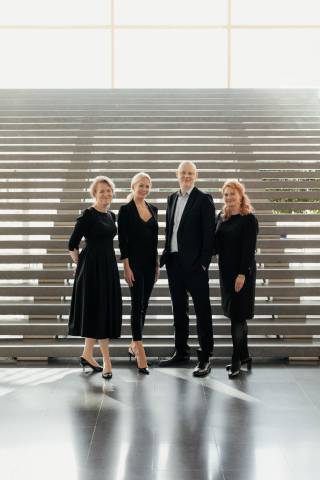
You can access the dissertation online: https://trepo.tuni.fi/handle/10024/159846
Julia Bethwaite, Doctor of Social Sciences (International Relations) LinkedIn: https://www.linkedin.com/in/jbethwaite/
Photos: Julia Hautojärvi
Bibliography
Bleiker, R. (2001). The aesthetic turn in International Political Theory. Millennium, 30(3), 509–533. https://doi.org/10.1177/03058298010300031001
Bleiker, R. (2009). Aesthetics and world politics. Palgrave Macmillan.
Brown, J. (2020). Arts diplomacy. The neglected aspect of cultural diplomacy. In N. Snow & N. J. Cull (Eds.), Routledge handbook of public diplomacy (pp. 79–81). Routledge.
Dawisha, K. (2014). Putin’s kleptocracy. Simon & Schuster.
Evans, M. (2015). Artwash: Big oil and the arts. Pluto Press.
Ingram, A. (2019). Geopolitics and the event: Rethinking Britain’s Iraqi war through art. John Wiley & Sons.
Kangas, A., Krivonos, D., Perheentupa, I., & Särmä, S. (2019). Smashing containers, queering the international through collaging. International Feminist Journal, 21(3), 355–382.
Nisbett, M. (2013). New perspectives on instrumentalism: An empirical study of cultural diplomacy. International Journal of Cultural Policy, 19(5), 557–575.
Särmä, S. (2019). Collage as an empowering art-based feminist method for IR. In S. Choi, A. Selmeczi, & S. Erszsébet (Eds.), Critical methods for the study of world politics (pp. 289–305). Routledge.
Schneider, C. (2004). Culture communicates: US diplomacy that works. Discussion Papers in Diplomacy, 94, 1–22.
Soldatov, A., & Borogan, I. (2010). The new nobility. The rebirth of the Russian security state. PublicAffairs.
Turoma, S., Ratilainen, S., & Trubina, E. (2018). At the intersection of globalization and ‘civilizational originality’: Cultural production in Putin’s Russia. Cultural Studies, 32(5), 651–675.

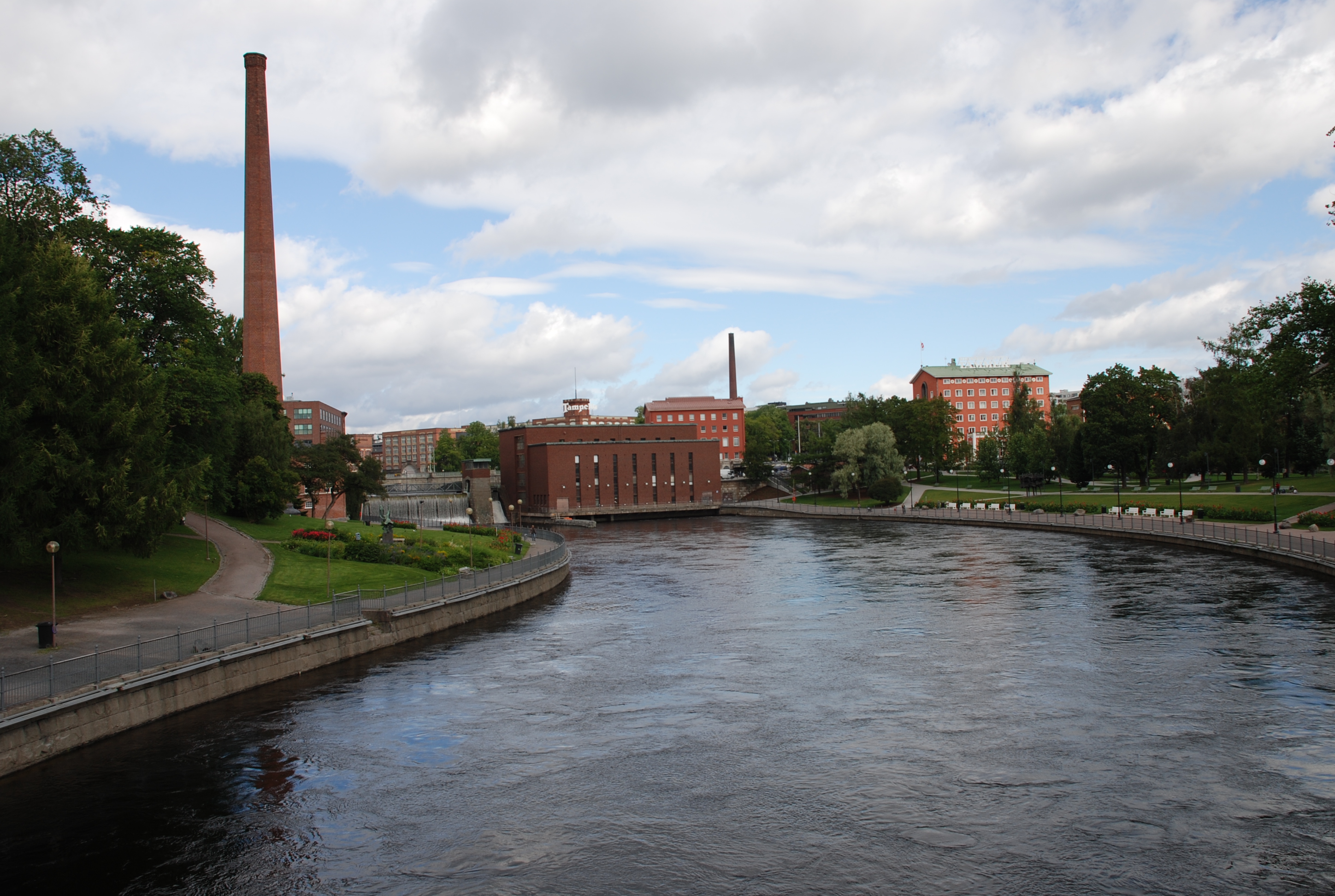
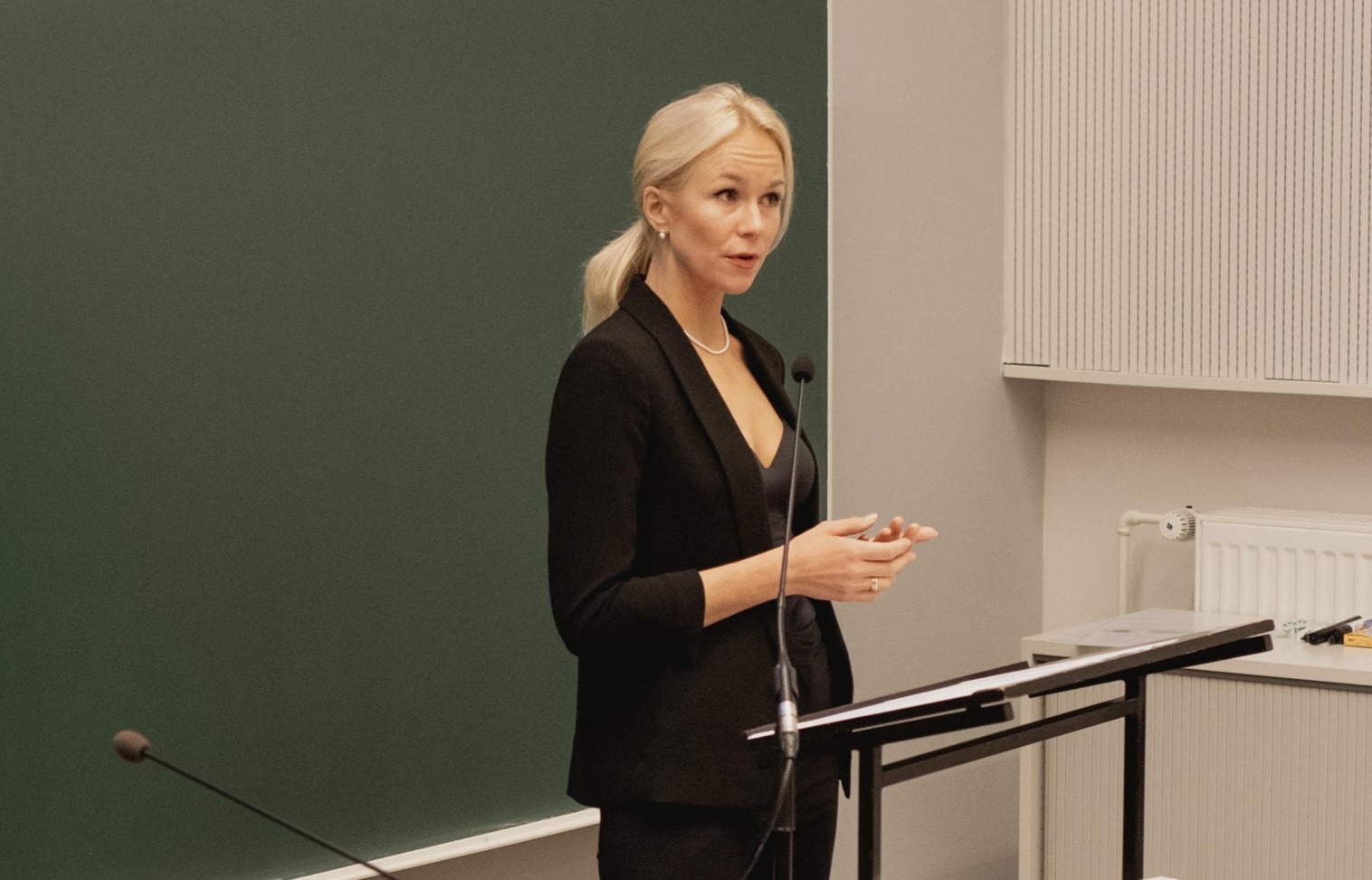
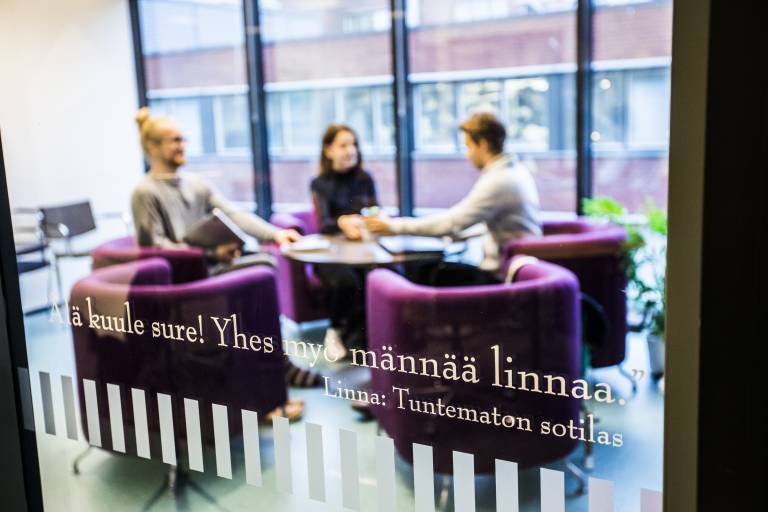

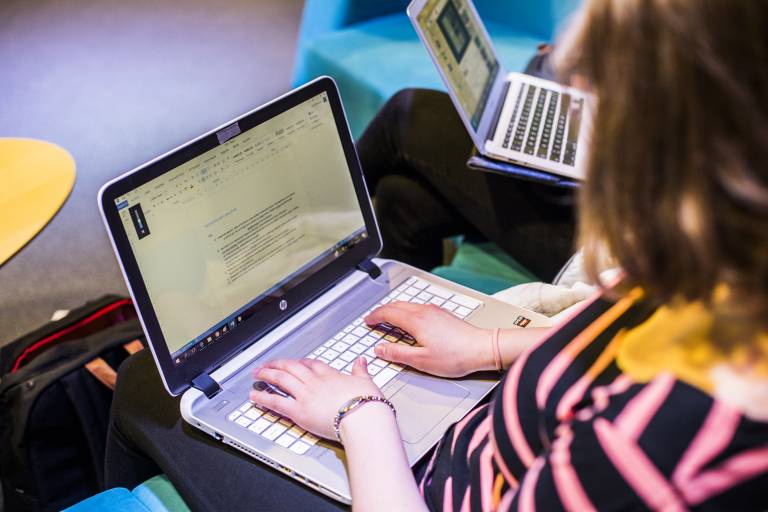
Kommentit